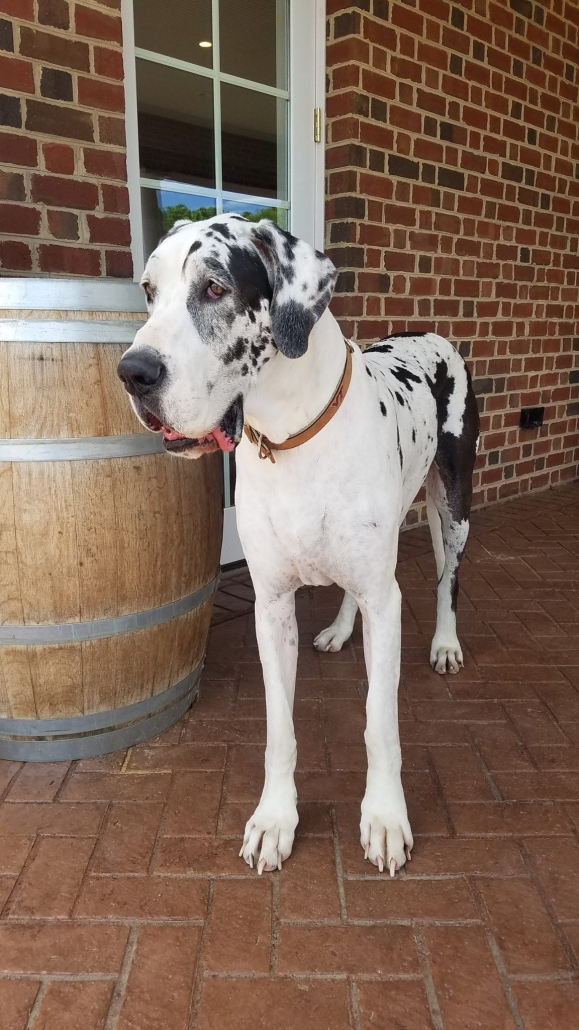What Makes a Wine Considered Sweet?
If you’ve stopped by the vineyard and met me, I don’t think there is any denying that I am the sweetest thing all around, but after me, there are a few other sweet items in our tasting room. Our name itself gives you a hint of the sweetness that can be found in some of our wines. Brix & Columns is named, in part, after the unit of measurement in which sugar is measured in wine. I actually wrote my first blog about brix (read “What are These Brix, Anyway?” here) and we named our first semi-sweet wine, White Brix, as a nod to those brix.
We get a lot of questions about what constitutes a sweet wine, specifically what is the particular point where a wine goes from dry to sweet. There is not a black and white answer (a Winston, if you will) to that question, but there are several well-defined gray areas to follow:
If a wine is 0% residual sugar, it is considered “bone dry”. Our Chardonnay, Petit Verdot, and McGahey all fall into this category.
If a wine has between .1% and 1.7% residual sugar, it is considered “dry”. Our Viognier, Petit Manseng, Rosé, and Cabernet Franc fall into this category.
If a wine has between 1.8% and 3.5% residual sugar, it is considered “off-dry”. These wines often start sweet and finish dry. Both our White Brix and Kerus fall into this category.
If a wine has between 3.6% and 12% residual sugar, it is considered “sweet”. Our Lil Em falls into this category.
Finally, if a wine has more than 12% residual sugar, it is considered “dessert”. We don’t currently have any wines that fall into this category.
Inevitably, the question will lead to what determines the level of sugar in wine. That is actually determined by the quality and ripeness of the grapes when harvested and the goals of the winemaker. During the fermentation process, the yeast in the pressed juice eats the sugar (fructose and glucose) and turns it into alcohol. In dry wines, all of the sugar was eaten which is why dry wines have a slightly higher alcohol level than sweet wines. In sweet wines, the winemaker stopped the fermentation process in order to have a sweeter wine.
Sometimes wines can taste sweeter than their residual sugar suggests they would taste. This is because humans (much like dogs) rely on their sense of smell to influence their taste. If a wine smells sweet, it is perceived as sweeter by the drinker. This happened frequently with our 2016 Viognier. Also, the more tannins a wine has in it, the less sweet it appears to be. This can be seen when you taste our White Brix and Kerus side by side. The White Brix tastes sweeter even though it has less residual sugar than the Kerus.
Speaking of tannins – did you know that you can reduce the presence of tannins by drinking the wine with food that is salty and/or fatty (you know, every cheese board my mom has NEVER let me eat)? You know what would be really sweet? If you talked my mom into letting me have a hunk of cheddar with some slices of salami, but since we know that will never happen, continue happily drinking your wines every time you come to see the sweetest aspect of Brix & Columns Vineyards: ME!





